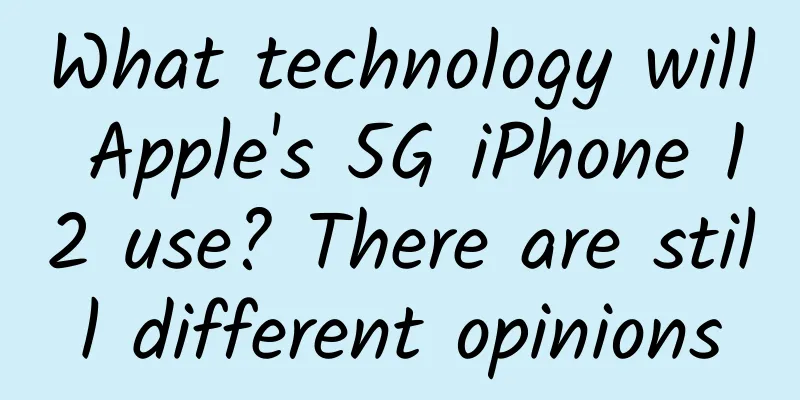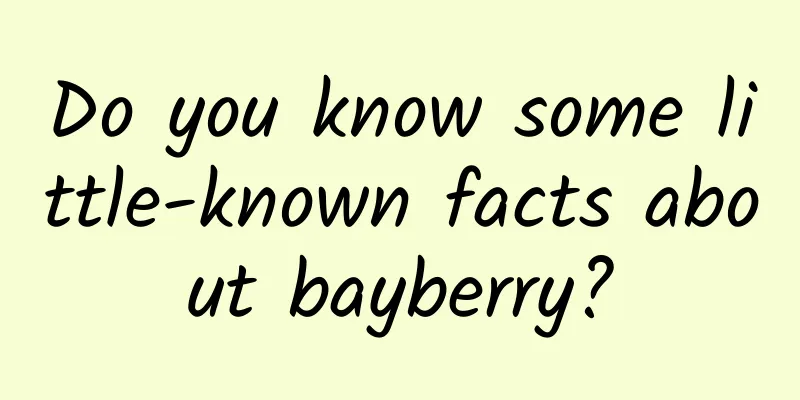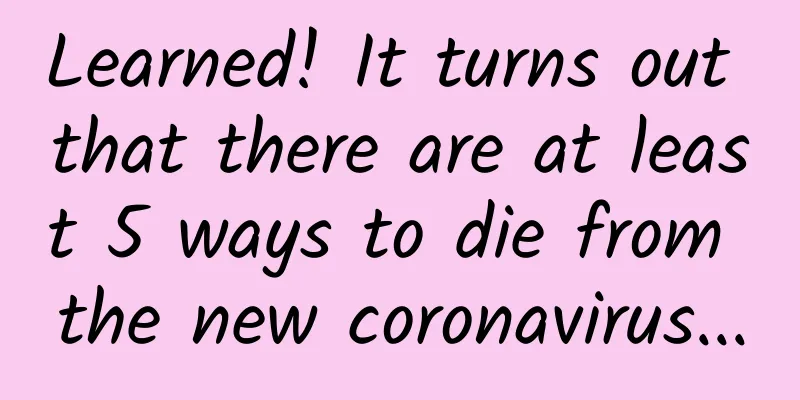What technology will Apple's 5G iPhone 12 use? There are still different opinions

|
There's still no definitive answer as to which 5G technology the iPhone 12 will use, and a new supply chain report doesn't fully answer the question, but it does shed some light on the possibility that not all iPhones will use the same 5G network standard. Let me first give you some background. There are currently two main 5G technologies, called Sub-6 and mmWave (hereinafter referred to as millimeter wave). Both are the frequencies used by 5G signals. Sub-6 uses the low- to medium-frequency band below 6Ghz, while millimeter wave uses the high-frequency band of 24GHz~39GHz. The former is considered a transitional technology, which provides slightly faster speeds than 4G LTE, but the improvement is not that great. However, this technology can indeed reduce waiting time and does not require such a high density of cellular network base stations. It can be retrofitted with existing 4G base station equipment, so most users can achieve the nominal speed of 100-150Mbps. Millimeter wave is a faster standard, with theoretical gigabit speeds and actual speeds of about 500Mbps. However, its wavelength is very short, so it is susceptible to interference, which requires a greater density of base stations. This means that it will only be available in very limited areas, such as airports, large bus stations, stadiums and tourist attractions. The situation between the two is similar to the 2.4GHz and 5GHz of home routers. Although the latter is more powerful, the former has better wall penetration capabilities. In reality, neither can leave the other. Previously, Digitimes, a media outlet that focuses on the industry chain, reported that Apple's supply chain expects that shipments of millimeter wave 5G iPhones this year will be halved from previous estimates. Some people speculate that Apple supports different 5G networks by product category, for example, low-end and mid-range models only support Sub-6, while high-end models support both. Others speculate that different 5G networks are differentiated by country. The current information does not tell us which iPhone models can use millimeter wave 5G, but most sources believe that not all iPhones support millimeter waves. |
<<: The most noteworthy tips on using Apple ID password
>>: India bans 59 Chinese apps; experts: limited impact
Recommend
Is it difficult to implement graceful backend keepalive? Not possible!
[[287287]] Keep alive status We know that the And...
In the Earth’s ocean, is there a “little star” exploring space?
Zebrafish have become a new favorite in life scie...
A universal formula for user growth
I have always believed that no matter what you do...
QQ group new gameplay can realize automatic hanging money making, earning 100+ a day is very easy
QQ group new gameplay can realize automatic hangi...
This disease can be fatal in severe cases, so be careful if you have children at home!
Recently, several children in Shifang City, Sichu...
What's on your mind but you can't remember it? Sorry, I'm "TOT"
You are chatting with your friends and suddenly y...
Caught off guard? Remember these points and be the guardian of your brain!
This is the 4957th article of Da Yi Xiao Hu We al...
There is no need to adjust the 3-day Dragon Boat Festival holiday! Are highways free during the Dragon Boat Festival? Attached is the 2022 holiday schedule!
The Dragon Boat Festival holiday is one month aft...
National Nutrition Week | These good dietary habits will help you eat healthily
May 15th to 21st is National Nutrition Week. How ...
Alzheimer's disease may be related to sleep? Scientists have found the key...
Reviewer of this article: Chen Haixu, Deputy Dire...
The ideal product operator has this kind of thinking...
Product operation is inseparable, and a good prod...
How can technicians get rid of the anxiety in the era of transplanting everything?
2016 is the year when mobile Internet and hardwar...
Can the killer whale, the king of the sea with the "strongest brain", create marine civilization?
Life originated in the ocean, but civilization wa...
The practice of optimizing image quality for large-scale live broadcasts on Douyin
Challenges As the content ecosystem of Douyin con...
Go exercise in the spring, but be careful, the harder you exercise, the more "injured" you will be...
Take off the down jacket! The woolen coat is off!...









